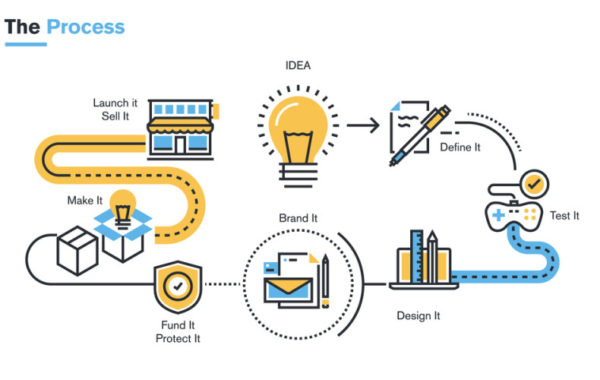As program development, marketing, and advertising move forward, developers continue to craft new experiences for users. The latest trend to grasping for our attention is a hybrid environment – the “Progressive Web App” combines elements of both a search engine and a mobile application. It is a new technological experience for web users that takes into account an individual’s habits within a web browser but gives the capabilities of a mobile application.
What was that?!
“The short explanation: a web application that has a responsive layout, works offline and can be can be installed on the home screen of a device. And by “installed” I mean: a shortcut to the web app is added to the home screen. When the user taps on the shortcut, the web app will be loaded in a browser in full screenmode.” – gonhybrid.com
The importance of this hybrid type of mobile usage lies within the user. By taking into account the users mobile habits, progressive web apps will become a rising trend in years to come.
“A Progressive Web App uses modern web capabilities to deliver an app-like user experience. They evolve from pages in browser tabs to immersive, top-level apps, leveraging the web’s low friction,” – Google’s Progressive Web app definition.
The progressive web will call for offline use with the help of an application shell and a service worker. The application shell will allow for:
- fast information loading
- the storing of past data searches and downloads
- displaying content in its original form.
The constant use of these progressive web apps will change the users experience over time. With multiple uses and visits to the site, the progressive web app will become stronger and will satisfy the user in a different way current websites and mobile applications cannot. It will also allow the user to use the app even when Wi-Fi or 4G isn’t available.
Its importance?
For users, the technology has allowed for the transmission of rapid information to be at our fingertips. Individuals crave speed. They want their question answered in a matter of seconds. With the progressive web app:
- it takes away the downloading time, especially if it uses cached information
- the experience will be different for every individual
- it can have home screen access without having to download a mobile app
The significant advantage for developers is that this environment bypasses the need for an app-store. No longer are development teams bound by the constraints of third-party vendors. This may be a double-edged sword. Developers can freely release their product. However, the restrictions provided by the app stores will be eliminated. App stores often establish standards of quality or development, often to protect consumers.
Different than previous environments?
Individuals now have choices in their mobile usage with progressive web apps. Sometimes, mobile sites can be difficult; the same goes for downloaded applications. By combining the use of mobile sites with the idea of mobile application, progressive web apps will make for a powerful way to view a website. It gives the user complete control of their mobile internet usage.




